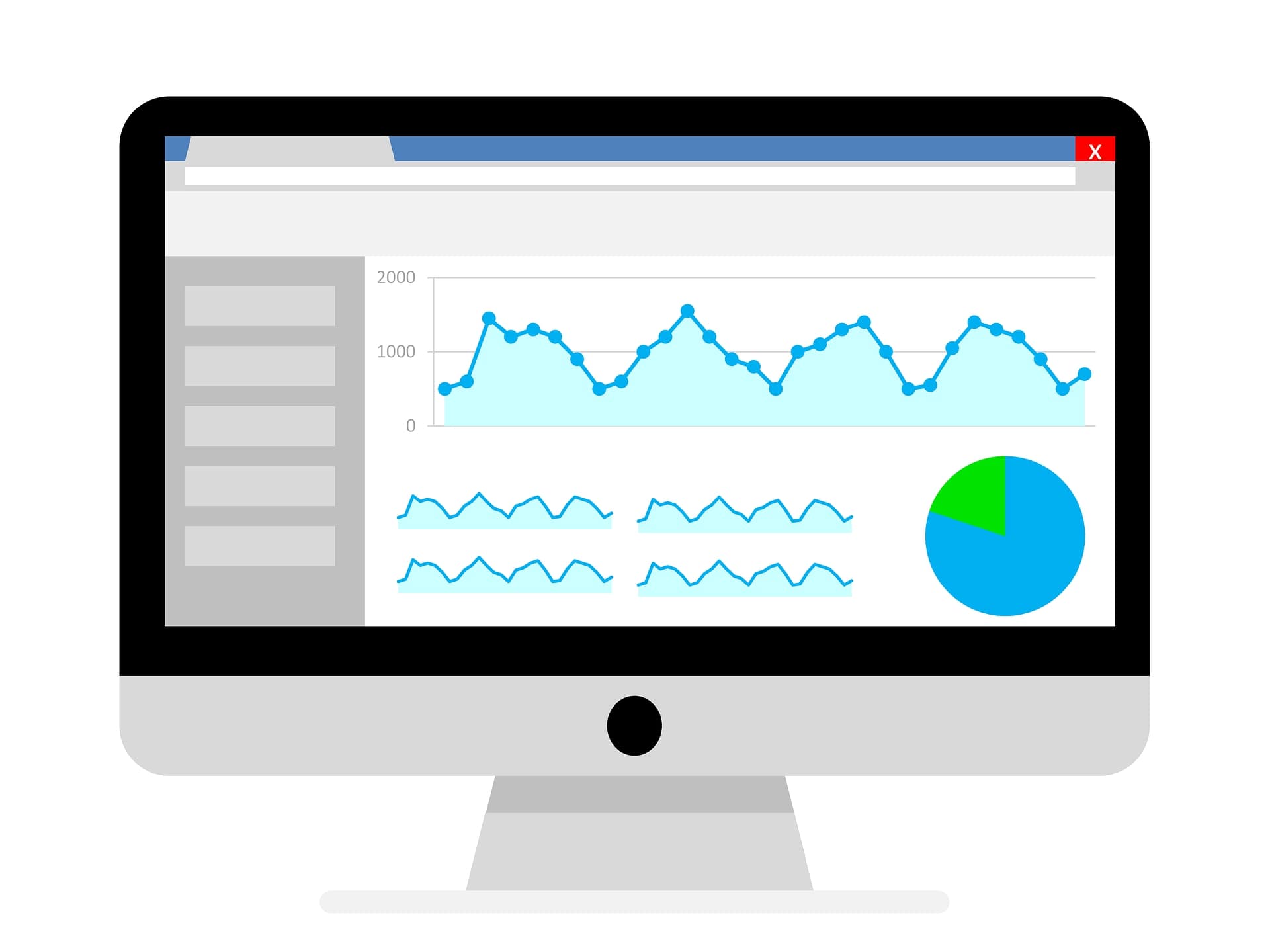Three Key Mistakes When Using Poker Statistics

In 2019, there is a clear trend towards the prohibition of the use of poker programs for collecting and analyzing statistical indicators during a gaming session. However, it cannot be categorically asserted that the time of auxiliary poker software has come to an end: the largest poker room Pokerstars is still disposed towards regulars; Sooner or later, the Run It Once Poker room will launch, positioning itself as a platform created by a regular with an attentive attitude to the wishes of other regulars.
Finally, some poker rooms offer simplified HUDs built into the client itself. All this implies a further high value of the stats for playing poker with money. Before delving into the jungle of relatively infrequent situations, players should understand the most common mistakes that regulars make when considering a particular situation at the poker table.
1. Making a decision based on an insufficient sample
The most common face found in almost all players. The pursuit of certainty in our fragmented world does not pass by poker players. So is making decisions based on insufficient or irrelevant data. An obvious example: an unknown player sat down at the table and made 3 raises and one 3-bet in 5 hands. We attribute him to the maniacs and easily expand our range of play on the stack from 99? No matter how it is! Any player who has played a sane distance knows that from time to time there are situations when very strong hands can come in a row.
Moreover, sometimes it happens that pocket aces can be dealt one after another. Remember: in poker, any information is of enormous importance, which does not at all imply making important decisions based on false messages. For an adequate assessment of the opponent's looseness or tightness, you need to collect about 100 hands. And this is only for basic stats in the form of VPIP \ PFR.
Correct decisions about continuation bets or 3-bets can only be made based on a sample of 300 hands. Floats, 4-bets and third barrels need even more justification - they should only be guided after a sample of 1000 hands or more. Now you understand why you shouldn't 4-bet an opponent who dares to t-bet you twice in 30 hands !?
- VPIP, PFR, Fold to steal - 100 hands required;
- 3-bet, Cbet, Fold to 3-bet, Donk bet - the relevant selection starts from 300 hands;
- Float, 4-bet, Raise Cb, 2nd-3rd barrel, 5-bet - at least 1000 hands.
2. Making a decision on the basis of stats that are not relevant to the situation
The obvious situation is a recreational player who plays passively preflop (40 \ 0), but aggressively plays any hit with bets and raises. Against the phone, the basic strategy can be described by the following thesis: "if a passive player shows aggression on any of the streets, then he has a strong hand and we should tend to fold with a non-nut hand." The idea is correct and worthwhile, however, in a particular hand we are not playing against the entire field of all loose-passive players in the world, but against a given opponent. Therefore, we don't have to mindlessly fold every time our opponent donk bets a pot or raises flat on a 228r board.
We should make a decision about our postflop strategy against an opponent based on the statistics collected from the opponent's postflop play and nothing else! Alas, for a worthy confrontation in modern games, you can't do without a good understanding of the stats. Therefore, almost all beginner players are recommended to acquire trackers (Poker Tracker 4, Holdem Manager 3 or DriveHUD) first.
3. A hasty decision without attention to a specific statistic
A typical situation for preflop actions. A tight opponent opens up from the button and we quickly fold our K7s, considering the call as negative. Yes, if the opponent opens 13% of BTN, then the best operational action in such a situation would be to fold preflop. It doesn't even require the deepest analysis using your tracker's database. But the situation changes radically when it turns out that the opponent opens from UTG with a 7% range, and on the button he plays with a raise to 29% of his starting hands. We end up folding a starting hand that could potentially give us more value by calling, rather than instantly folding and reorienting to a situation at a different table.
Summary
Poker rooms seek to reduce the ability of regular players to profit from weaker opponents by banning the use of poker software. However, the importance and importance of poker support software cannot be underestimated. And since there are still a lot of poker sites where the collection and analysis of hands using trackers is still allowed, then any sane player is simply obliged to maximize his expectation through the correct use of statistical indicators. Only he should be guided by them consciously and without regularly committing the same basic mistakes.
For a deeper understanding of the significance of stats, we recommend reading the book by Tri Nguyen “Exploitation of regulars ”, which considers more complex methods of dealing with opponents.





 Log in
Log in  Register
Register 